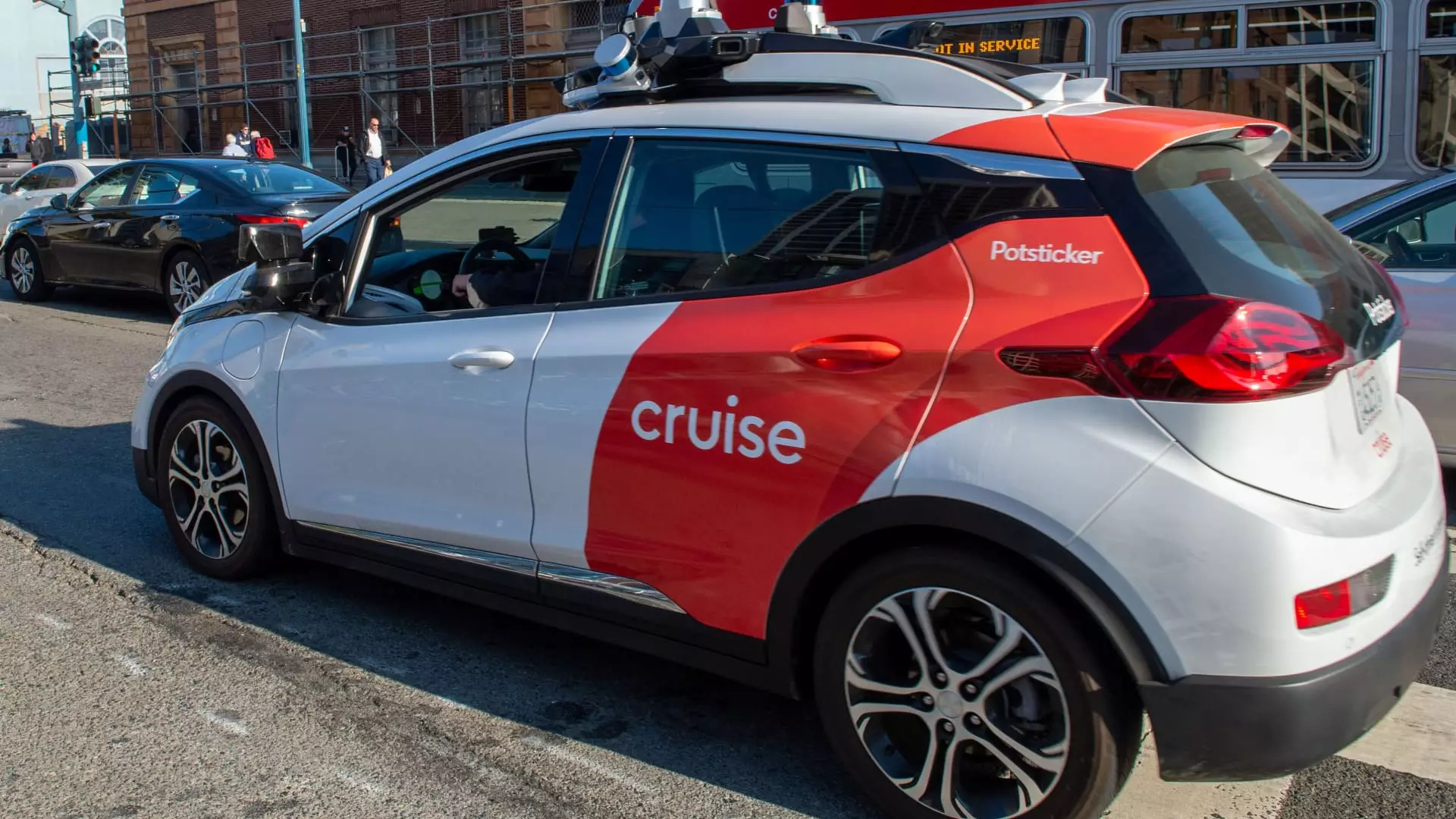In a significant shift within the autonomous vehicle landscape, General Motors (GM) has announced a substantial reduction of its workforce at Cruise, the self-driving taxi subsidiary that has recently ceased operations. The decision to lay off approximately 50% of Cruise’s remaining employees reflects GM’s pivot away from the ride-hailing market, highlighting broader challenges in the realm of autonomous vehicle development. This move comes just two months after GM declared it would no longer financially support Cruise, marking a notable turn of events for a venture that had previously absorbed over $10 billion since its acquisition in 2016.
The layoff announcement was delivered via an internal email from Craig Glidden, the president and chief administrative officer of Cruise. Glidden’s message conveyed that the workforce reduction arose from the strategic shift announced in December, emphasizing the transition from a focus on the ride-hail business to the provision of autonomous vehicles tailored for customers in conjunction with GM. Such a dramatic restructuring reveals the inherent difficulties and uncertainties within the autonomous vehicle industry, which is still grappling with regulatory environments, public safety concerns, and technological limitations.
As the layoffs unfolded, the implications for the affected employees became a focal point. With GM indicating that around 2,300 people were in employment at the end of the previous year, the resultant job losses signify a considerable upheaval. Cruise has committed to easing the transition for departing employees, providing severance packages and career support services. This gesture, while commendable, cannot fully mitigate the shock and uncertainty faced by individuals whose roles were rendered obsolete overnight. Covered by a 60-day notice period, impacted employees will receive regular salaries along with severance pay based on their tenure, reflecting a policy aimed at softening a harsh blow.
Compounding the layoffs, a notable reshuffle in Cruise’s leadership has emerged. Several high-profile executives, including the CEO, Marc Whitten, and the Chief Human Resources Officer, Nika Thomas, are slated to exit. This mass exodus amidst organizational instability raises critical questions about the company’s internal culture and its long-term vision. As the automotive industry rapidly evolves, strong leadership becomes essential, and the simultaneous departure of key figures could indicate deeper-rooted issues within Cruise contending against the backdrop of intense competition, especially from established players like Waymo.
Cruise’s trajectory has increasingly been marred by setbacks, underscored by a notable incident in October 2023, wherein a Cruise robotaxi struck a pedestrian, leading to significant scrutiny over the company’s practices. Regulatory oversights and allegations of deception toward authorities regarding this incident place significant pressure not just on Cruise’s operations but on GM as a whole. An extensive probe conducted in January 2024 revealed inadequate workplace culture and lack of proactive leadership as contributing factors leading to a series of preventable regulatory failures.
The Future of Autonomous Vehicles
With GM’s refocused strategy on personal autonomous vehicles, the future landscape of the self-driving industry remains uncertain. The company’s decision to halt its robotaxi ambitions implies a shift in perception regarding the viability of such services, which many had once championed as the future of urban transportation. While consolidation and specialization may allow GM to allocate resources more effectively, it also indicates potential saturation and setbacks in a market that has not yet fully realized its promises.
The developments at Cruise serve as a cautionary tale for investment in innovative technologies. The challenges faced by GM and its robotaxi efforts underline the importance of adaptability, strategic foresight, and robust leadership in navigating complex and evolving markets. As the sector strives to discover its footing, the fallout from Cruise may well inform future endeavors within the autonomous vehicle space, advocating for a balance between ambition and realism. The rides of innovation can be tumultuous, and the journey toward autonomy must evolve in response to the lessons learned from setbacks along the way.


Leave a Reply